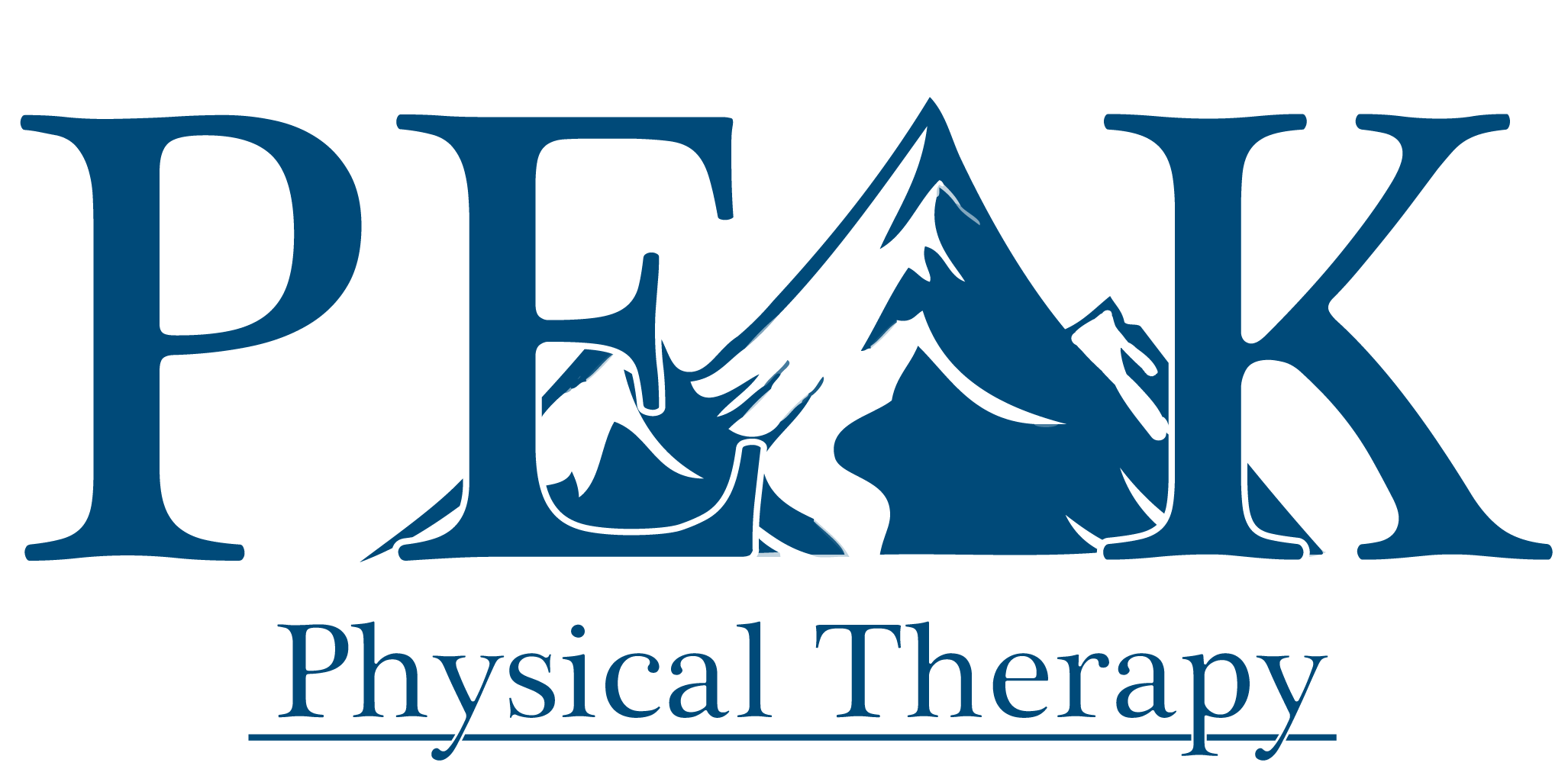The McKenzie Method
The McKenzie Method or Mechanical Diagnosis and Therapy (MDT) is a comprehensive system of assessment, classification, treatment and prevention of mechanical spinal and extremity pain, developed by world renowned expert physiotherapist, Robin McKenzie.
The McKenzie Method is a patient centered approach with active patient involvement and education that is supported by sound scientific principles and most current research. Unlike other methods, the McKenzie Method focuses on empowering the patient to self-treat using simple, individually prescribed, exercises and postures. One of the most beneficial aspects of MDT is patient involvement and education. Healthcare practitioners and patients all over the world use this method for back, neck, and extremity problems (ie shoulder, hip, knee, ankle, etc).
Due to the vast success of the McKenzie Method, it isn’t surprising that it is accepted as the most research-tested approach across the globe. Our physical therapists are trained to examine and diagnose musculoskeletal issues, and the McKenzie Method is a strong tool for helping determine a diagnosis. An important feature of the McKenzie Method is the initial assessment that allows your physical therapist to reach a safe, reliable, and accurate diagnosis before creating a treatment plan. The method works by using a progression of mechanical forces to examine both the mechanical changes in the patient’s body, as well as any symptoms. This then classifies the patient into a spinal or extremity category, and the correct treatment plan can then be created with proper exercises, manual (hands-on) techniques, and patient education.
How does it work?
MDT is comprised of four primary steps:
1. Assessment
MDT begins with your physical therapist taking a detailed history about your symptoms and how they behave. You will be asked to perform certain movements. The main difference to most other assessments is the use of repeated movements rather than a single movement. How your symptoms and range of movement changes with these repeated movements provides the clinician with information that they can use to categorize your problem.
2. Classification
Each syndrome is addressed according to its unique nature, with specific mechanical procedures, including repeated movements and sustained postures.
3. Treatment
Using the information from the assessment, your physical therapist will prescribe specific exercises and advice regarding postures to adopt and postures to temporarily avoid. If your problem has a more difficult mechanical presentation, a qualified MDT clinician may need to add hands-on techniques until you can self-manage. The aim is to be as effective as possible in the least number of sessions. The emphasis is on you, the patient, being actively involved in your treatment. Ultimately, most patients can successfully treat themselves when provided with the necessary knowledge and tools.
4. Prevention
By learning how to self-treat the current problem, you gain knowledge on how to minimize the risk of recurrence. You can also rapidly manage with symptoms if they recur, putting you in control of your treatment safely and effectively.

